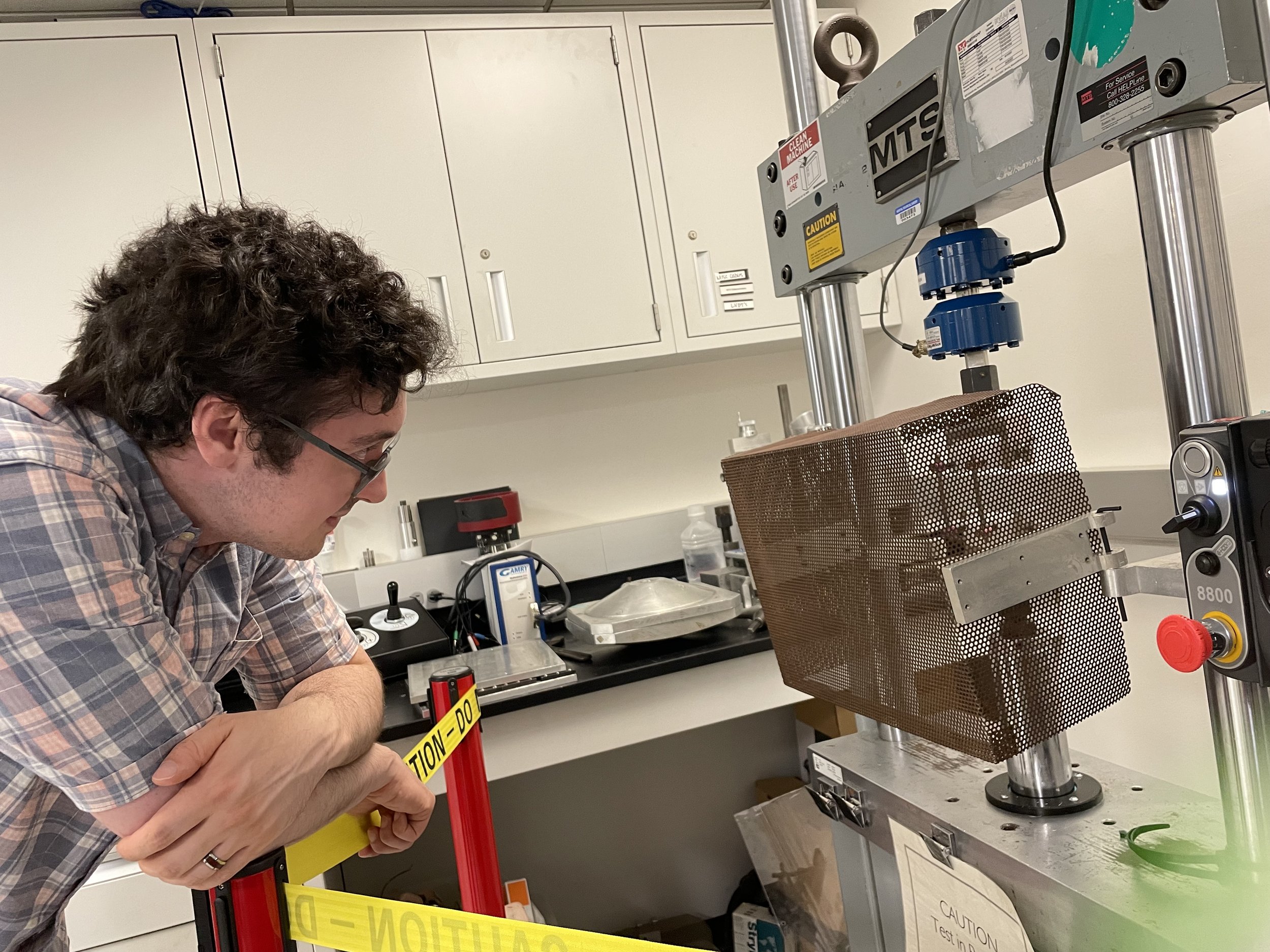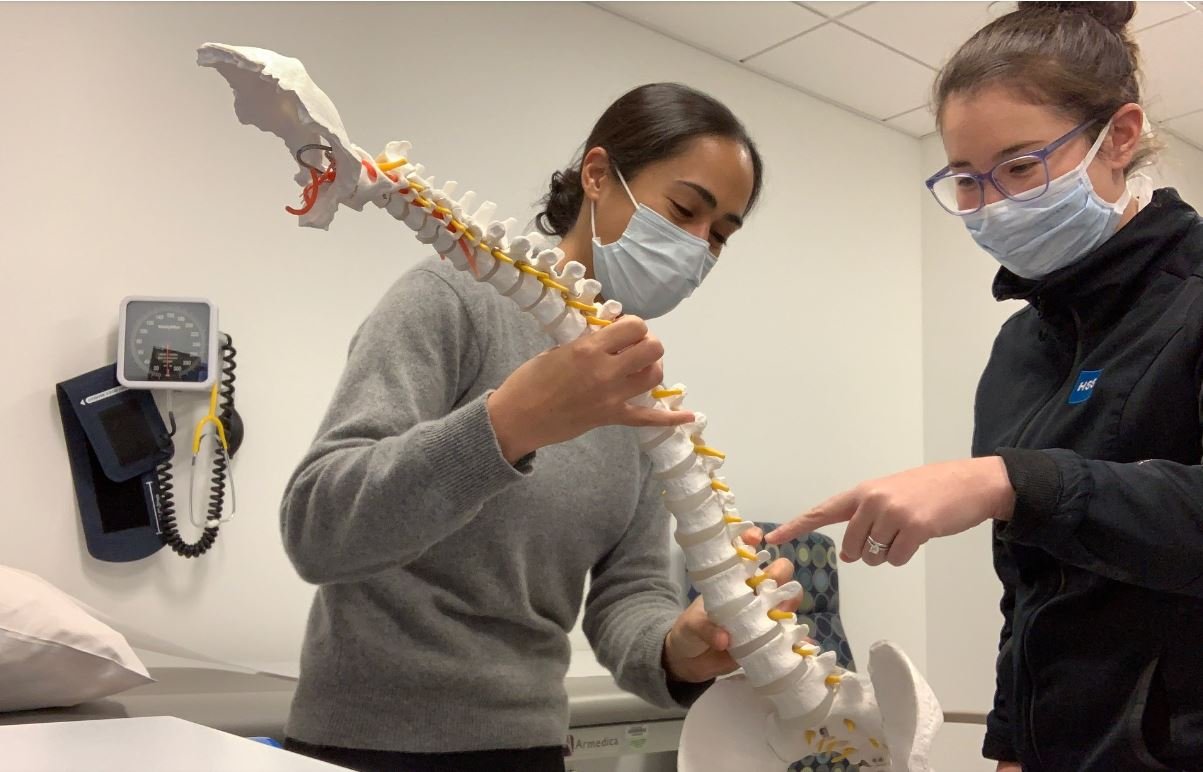
Overview
Approach
The Khormaee Lab focuses on the application of engineering principles toward improved effectiveness, efficiency and affordability of spine surgery.
Selected Current Projects
Quantifying dynamic biomechanics of the spine: Although spine fusion is common, there is a movement toward surgical alternatives that preserve motion to improve post operative outcomes. Rational design of these approaches can be expedited by understanding the biomechanical forces transmitted through tissues during healthy spine motion. Toward this goal, we are optimizing an ultrasound technique called shear wave elastography to define tension across soft tissues in normal spine motion, starting first with posterior spine soft tissues (paraspinal muscles and the intra/interspinous ligament complex). From our preliminary work in >30 healthy volunteers, we can non-invasively assess dynamic positional changes in thoracolumbar ligament tension. We plan to extend this technique to other healthy and pathologic spinal tissues to map forces required during exercise and activities of daily living. This information can then be used to further development of motion preserving spine surgical techniques and implants. Read one of our recent publications on this project here.
Assessing variations in global spine implant quality: In many low- and middle-income countries (LMICs), patients must directly purchase implants such as screws and rods for their own spine surgeries. This presents a significant barrier to care- in our lab’s preliminary needs assessment survey of >25 LMICs, surveyed surgeons report that >50% of their patients cannot afford instrumentation, and of these patients, 5-30% have a permanent neurologic deficit as a direct result. Surgeons in LMICs also feel there may be variations in implant quality, and to address this need, our lab is currently assessing implants using the vertebrectomy biomechanical test required by the FDA during their 510(k) process. Our preliminary data on Kenyan sourced implants found significant differences in fatigue performance and failure mechanisms, not correlated to price. We plan to expand our testing to inform implant choice for surgeons and patients in LMIC regions.
Biomechanical cues that drive cell behavior in the microenvironment surrounding patterned titanium spine implants: Osseous integration of implants requires cellular travel through extracellular matrix to reach material surfaces. Although information about the biologic drivers governing this interaction exist, less is known about the role of mechanical factors like viscosity and stiffness in the peri-implant environment. To establish fundamental knowledge about these mechanical factors, our lab has created a mechanically tunable model whereby we can image live cells as they approach titanium surfaces. Our long-term goal is to identify modifiable mechanical cues in order to optimize bone-implant integration.
We are currently updating our website- for any questions or interest, please reach out to skoffice@hss.edu
Collaborative Work
Dr. Khormaee believes in supporting to organizations that promote sustainable and practical solutions to extend the accessibility of spine care worldwide. She is particularly committed to the following organizations through contributions of time and research efforts.
Surgical Implant Generation Network (SIGN)





